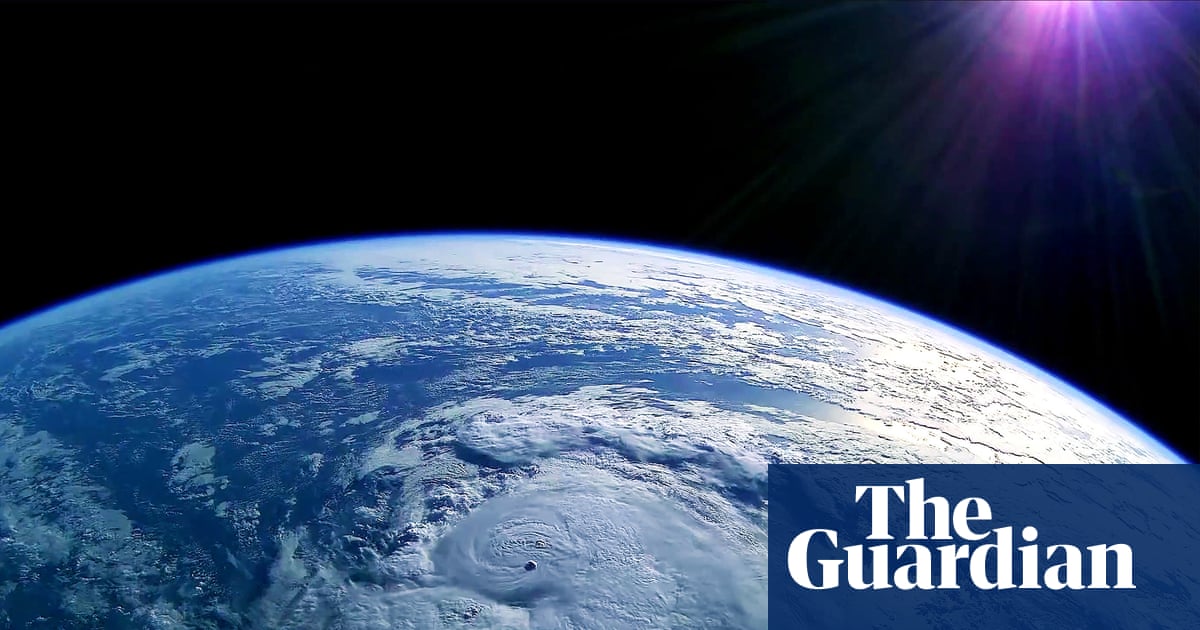A recent study published in July 2025 tackles one of the greatest mysteries of science—how life first emerged from non-living matter on early Earth. The research, led by Robert G. Endres from Imperial College London, presents a new mathematical framework that suggests the spontaneous origin of life is far more complex than previously understood.
The Improbability of Life’s Origins
Endres’ study applies concepts from information theory and algorithmic complexity to address the challenges involved in the emergence of life. The research focuses on how structured biological information could form under the prebiotic conditions present on early Earth.
In a striking analogy, Endres compares the complexity of forming a protocell to “trying to write an article about the origins of life for a well-renowned space-based website by randomly throwing letters at a page.” As the required complexity increases, the chances of success diminish dramatically.
The study suggests that, while life’s origin is not impossible, relying purely on chance and natural chemical processes may not adequately explain how life appeared within the available time frame. As systems tend to become more disordered rather than more organized, the formation of the highly organized structures necessary for life poses significant obstacles.
Mathematical Challenges in the Emergence of Life
One of the core contributions of this research is its application of rate-distortion theory, which sheds light on the severe mathematical challenges involved in forming a protocell. Under this theory, the assembly of complex biological structures faces enormous difficulties due to the information constraints and disorder that naturally occur in chemical processes.
The study emphasizes that the formation of the first living cell—especially one capable of sustaining itself and replicating—would require overcoming significant informational barriers that may go beyond what is currently understood about chemistry and physics.
While the study acknowledges the improbability of spontaneous life formation, it does not dismiss the possibility entirely. Instead, it points to the need for further exploration into physical principles that could explain how life overcame these barriers.


Directed Panspermia: A Speculative Alternative?
Although the study focuses on natural processes, it also touches upon the theory of directed panspermia, originally proposed by Francis Crick and Leslie Orgel. This hypothesis suggests that life might not have originated on Earth but could have been intentionally seeded by advanced extraterrestrial civilizations. While this idea remains speculative, the study leaves room for such a possibility, though it does acknowledge that it presents a challenge to Occam’s razor.
Endres carefully considers this hypothesis, noting that while it remains logically open, it is far from an established scientific theory. The study does not attempt to disprove the idea of directed panspermia but rather quantifies the considerable mathematical challenges involved in the natural formation of life.
Source link


